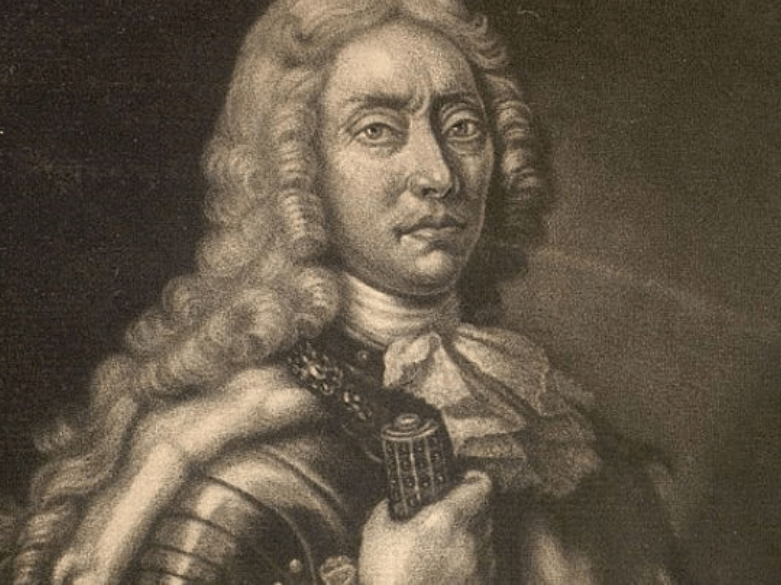An encyclopedic scholar, Dimitrie Cantemir, is the most important promoter of Romanian humanism and pre-enlightenment from the 17th-18th centuries.
Born on October 26th, 1673, as the son of Ana Bantăș and Constantin Cantemir, lord of Moldavia between 1685 and 1693, the young prince received a complex and complete education, under the guidance of Ieremia Cacavelas – Greek scholar, philosopher, and writer – the first teacher who planted the seed of knowledge in his pupil’s soul. During this time, he studied Latin, Greek and Slavonic (coming to master 14 languages at a time), the notions of “liberal arts”, theology, military strategy, and history. Demonstrates a strong inclination towards the synthesis and interpretation of the accumulated knowledge; so, he does not delay elaborating his first written works: “Divanul”, “Metafizica” and “Logica”.
Located in Constantinople, as a guarantee of Moldova at the High Gate, he continues his studies at the “Greek Academy of the Patriarchate”, knowing the Muslim world, Arabic wisdom, beliefs, and Oriental languages; thus, becoming our first Orientalist.
Entering the environment of the embassies of the great European powers, Cantemir had the opportunity to promote Romanian culture and space. In Europe, Dimitrie Cantemir was quickly and definitively accredited as the most important connoisseur of Ottoman history, occupying for over a century, a privileged place in the ranks of scholars.
Dimitrie Cantemir became lord of Moldavia in 1710, and during his short reign he tried to establish a centralized royal state, concluding the “Treaty of Alliance” with Peter the Great and thus being forced to intervene on the Tsar’s side in the Russo-Turkish war.
Following the defeat at Stănilești, the scholar is forced to take refuge at the court of Peter the Great. In Russia, Dimitrie Cantemir becomes a close collaborator of the tsar, supporting him in his political actions.
He wrote, driven by Leibntz, “Descriptio Moldaviae” – a work in which he developed the same political conception that he had promoted from the position of monarch. In recognition of the value of this work, at the suggestion of the German philosopher, Dimitrie Cantemir is elected a member of the Royal Academy in Berlin.
Ideal advisor, considering the unity of state conception of the two monarchs, he initiates a series of radical reforms, meant for the rapid development of the state. Integrated in this life of economic and military transformation of Russia, Cantemir continues his literary work: “History of the rise and fall of the Ottoman Empire” – a work translated from Latin into all widely spoken European languages - and “Chronicle of Roman-Moldovan-Vlach antiquity.”
Prince Cantemir’ s participation in Russian political life intensified after his appointment as “Secret Adviser and Member of the Senate.”
The last great political action in which he participated – the campaign of Tsar Peter I against Persia (1722) – is the source of Cantemir’ s last research and writings: “Collectanea Orientalia. Princips Demetrii Cantemiri variae schedae et excerpta e autographo descripta”- volume of cartographic and archaeological notes, notes on oriental folklore and morals, interpretations and comments on them.
On August 21st, 1723, the eminent scholar died at Dimitrievka, the estate given by the Tsar of Russia for his services.
Dimitrie Cantemir’ s work is unique today due to the complexity resulting from its encyclopedic formation: science is intertwined with philosophy, history and geography are scientifically analyzed and ethics, literature and music are complemented by the study of morals and folklore; far from any dilettantism, all this bears the stamp of scientific method and real knowledge.
The bones of Dimitrie Cantemir, brought back to Romania in 1935, are in the Princely Church “Three Hierarchs” in Iasi.
On the slab of his scraper is written: “Here, returned from the long and difficult wandering faced for the freedom of his country, rests Dimitrie Cantemir, lord of Moldova.”




